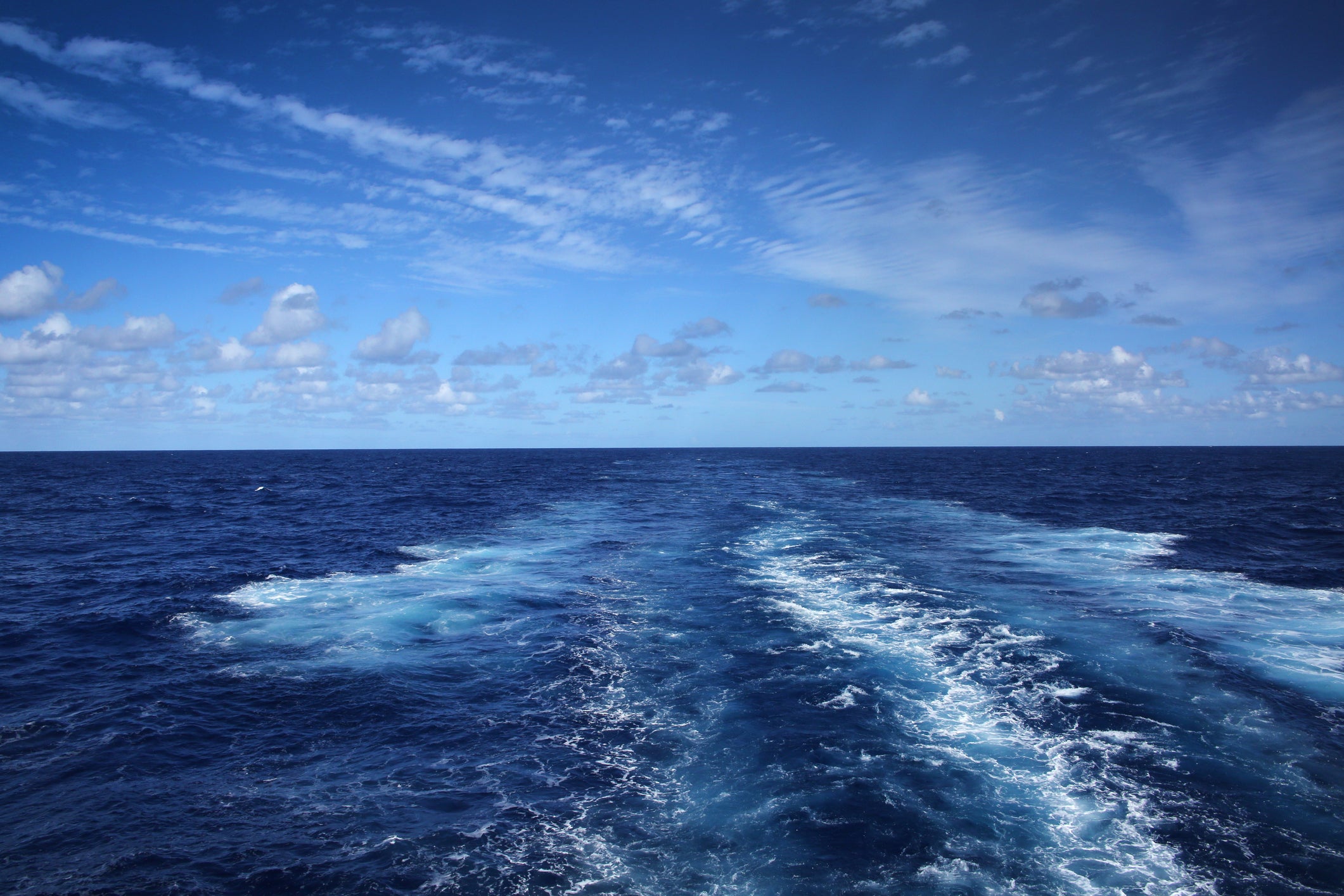Marine life under threat as up to 95% of ocean surface climates may disappear by 2100, scientists warn
Marine species will be forced to adapt to disappearing ocean surface climates or die.

Your support helps us to tell the story
From reproductive rights to climate change to Big Tech, The Independent is on the ground when the story is developing. Whether it's investigating the financials of Elon Musk's pro-Trump PAC or producing our latest documentary, 'The A Word', which shines a light on the American women fighting for reproductive rights, we know how important it is to parse out the facts from the messaging.
At such a critical moment in US history, we need reporters on the ground. Your donation allows us to keep sending journalists to speak to both sides of the story.
The Independent is trusted by Americans across the entire political spectrum. And unlike many other quality news outlets, we choose not to lock Americans out of our reporting and analysis with paywalls. We believe quality journalism should be available to everyone, paid for by those who can afford it.
Your support makes all the difference.Up to 95% of 20th-century ocean surface climates may disappear by 2100, scientists warn.
Vast swathes of ocean surface climates – defined by surface water temperature, pH and the concentration of the mineral aragonite – could be wiped out depending on how greenhouse gas emissions develop in the first half of the 21st century, according to a study published in Scientific Reports.
The findings also suggest that between 10.3% and 82% of the global ocean may experience surface climates that have not existed before.
The authors of the study conclude that while some marine species currently keep pace with changing ocean climates by dispersing to new habitats, this may no longer be possible if existing ocean climates disappear, forcing species to either adapt rapidly or disappear.
Ocean currents act like a conveyor belt, transporting warm water toward the poles and cold water from the poles back to the tropics. Thus, ocean currents regulate global climate, helping to counteract the uneven distribution of solar radiation reaching the planet’s surface.
Katie Lotterhos and colleagues modelled ocean climates globally for three time periods: the early 19th century (1795–1834), the late 20th century (1965–2004) and the late 21st century (2065–2104).
The team compared these modelled climates across various locations using two emission scenarios, RCP 4.5 and RCP 8.5. Under these scenarios the volume of greenhouse gases emitted during the 21st century either peaks in 2050 followed by a slowed increase, or peaks in 2100 followed by a slowed increase, respectively.
Through their comparisons, the authors were able to show which ocean climates from the 19th and 20th centuries may no longer be found in the 21st century (disappearance), and climates that may emerge in the 21st century which did not exist in the 18th and 20th centuries (novel climates).
The authors showed that while ocean climates did not change significantly between the 19th and 20th centuries, by 2100, 10% to 82% of the ocean surface may experience new climates with higher temperatures, more acidic pH, and lower saturation of aragonite, a mineral which corals and other marine organisms use to form shells.
Under the RCP 4.5 scenario, 35.6% of surface ocean climates may disappear by 2100, which rises to up to 95% under the RCP 8.5 scenario.
Join our commenting forum
Join thought-provoking conversations, follow other Independent readers and see their replies
Comments